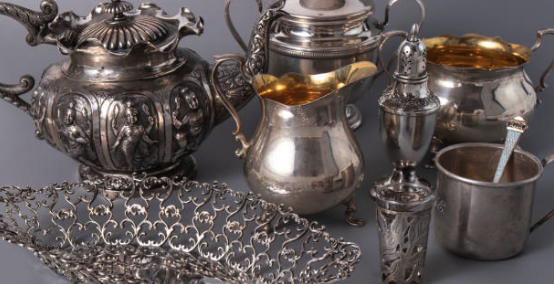
Nickel silver, despite its name, is not silver at all. This alloy, also known as German silver or alpacca, has been a staple in various industries for centuries. In this article, we will delve into what nickel silver is, its composition, properties, and the diverse applications that make it an essential material in today’s manufacturing landscape.
1. Composition of Nickel Silver
Contrary to its name, nickel silver does not contain any elemental silver. It is a metal alloy composed of copper, nickel, and zinc in varying proportions. The most common formulation includes approximately 60% copper, 20% nickel, and 20% zinc. This blend imparts unique characteristics to nickel silver, combining the best attributes of its constituent metals.
2. Properties of Nickel Silver
- Color and Appearance: Nickel silver resembles silver in appearance, featuring a lustrous, silvery-white finish. However, it does not tarnish like silver, providing an attractive and low-maintenance alternative.
- Strength and Durability: The inclusion of nickel enhances the overall strength and durability of the alloy. Nickel silver is known for its resistance to corrosion and tarnish, making it a preferred material for various applications.
- Malleability and Ductility: Nickel silver is highly malleable and ductile, allowing it to be easily shaped and formed into intricate designs. This property makes it a favorite among jewelers, silversmiths, and craftsmen.
- Electrical Conductivity: While not as conductive as copper, nickel silver still exhibits reasonable electrical conductivity. This property finds applications in the manufacturing of electrical components and connectors.
3. Applications of Nickel Silver
- Jewelry and Ornaments: Nickel silver is a popular choice for crafting jewelry and ornaments due to its silver-like appearance and malleability. It is often used as a more affordable alternative to sterling silver.
- Cutlery and Tableware: The durability and resistance to tarnish make nickel silver a suitable material for crafting cutlery, flatware, and various tableware items.
- Musical Instruments: Many musical instruments, including brass instruments like saxophones and flutes, feature components made from nickel silver. Its combination of strength and malleability is ideal for intricate instrument parts.
- Industrial Components: The alloy’s resistance to corrosion and its electrical conductivity make it valuable in the manufacturing of industrial components, electrical connectors, and switches.
4. Considerations and Cautions
- Nickel Content: Individuals with nickel allergies should exercise caution when using or wearing nickel silver items, as the alloy may contain a percentage of nickel.
- Misnomer Alert: Consumers should be aware that despite the name “nickel silver,” the alloy does not actually contain any silver, and its properties differ from those of genuine silver.
In conclusion, nickel silver is a versatile and cost-effective alloy with a wide range of applications. Understanding its composition and properties can help both consumers and industries make informed decisions about its use in various products and creations.